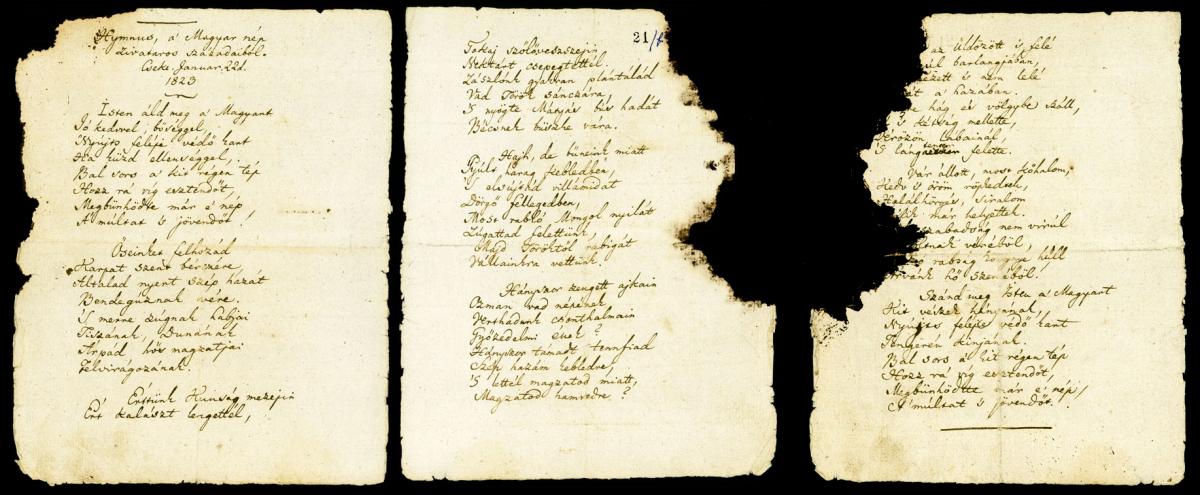
LAND OF POEMS. Hymn, Appeal, National Song – our emblematic poems
The National Anthem, the Appeal and the National Song - three iconic poems of patriotic sentiment, the embodiment of patriotism turned into three poems. The poems transcend themselves; they have acquired many meanings over their one and a half to two centuries of history. They have become the defining works of our collective memory and national identity, our national memory space.
The term ‘site of memory’ or ‘realm of memory’ has become an inescapable concept in cultural studies in recent decades. It was first used by the French historian Pierre Nora. Although the term ‘site’ is used in the term, in fact any commemorative symbol that has meaning for a particular community can be a site of memory. Be it an event, a person, an object, or even an abstract concept. A region, a holiday, a historical site, a piece of literature or a national symbol. A place of memory is a community’s recollection of shared and collectively experienced events and moments from the past. They offer help and support when needed.
The exhibition LAND OF POEMS will present the manuscripts and the most important editions of the three works treasured in the national library, and will trace the process of the poems' emblematic development, including the setting to music and the various translations. It highlights some of the major historical moments with which the poems are irrevocably intertwined, and recalls the influences and literary references that can be found in the works of the classics of the past as well as in those of contemporary authors of today.
In the renewed, elegant exhibition space, touch screens presenting the history of the poems and a moving installation on a giant projector help to enhance the experience and immersion. Fifteen artists were involved in the recording of the three poems in our Historical Photo and Video Collection.
The exhibition VERSHAZA will be complemented by the Landerer-Heckenast printing press, which is temporarily housed in front of the national library’s Art Relic Exhibition Space during the renovation of its keeper institution, the Petőfi Literary Museum. This special printing press was used by the Landerer-Heckenast Printing House, and in 1848, together with the 12 Points, it was also used by the revolutionaries to print the National Song. According to tradition, Petőfi forgot to take the manuscript of the poem to the printing press, so he wrote it down from memory so that the printers could typeset it from the letters engraved on the lead blocks. Several thousand copies of the printed poem were distributed on 15 March 1848.
The ornate device, originally the invention of George Clynn of Philadelphia, was acquired by Landerer in London. The Columbia printing press, a rare item in Europe at the time, was decorated with the American heraldic animal, the bald eagle, and was therefore known as the ‘eagle press’, where the blank sheet to be printed was pressed against the painted lead cubes by means of an iron lever on the front of the press.






